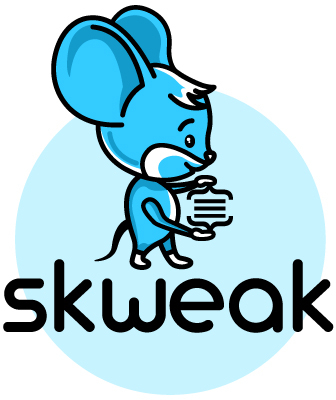TestRank in Pytorch
Code for the paper TestRank: Bringing Order into Unlabeled Test Instances for Deep Learning Tasks by Yu Li, Min Li, Qiuxia Lai, Yannan Liu, and Qiang Xu.
If you find this repository useful for your work, please consider citing it as follows:
@article{yu2021testrank,
title={TestRank: Bringing Order into Unlabeled Test Instances for Deep Learning Tasks},
author={Yu Li, Min Li, Qiuxia Lai, Yannan Liu, and Qiang Xu},
journal={NeurIPS},
year={2021}
}
1. Setup
Install dependencies
conda env create -f environment.yml
Please run the code on GPU.
2. Runing
There are mainly three steps involved:
- Prepare the DL models to be tested
- Prepare the unsupervised BYOL feature extractor
- Launch a specific test input prioritization technique
We illustrate these steps as the following.
2.1. Download the Pre-trained DL model under test
-
ResNet-18 trained on CIFAR10 dataset.
-
Wide-ResNet trained on SVHN dataset.
-
ResNet-34 trained on STL10 dataset.
Please download the classifiers to corresponding folder ./checkpoint/{dataset}/ckpt_bias/
If you want to train your own classifiers, please refer to the Training part.
2.2. Download the Feature extractor
We papare pretrained feature extractor for the each (e.g. CIFAR-10, SVHN, STL10) dataset. Please put the downloaded file in the "./ckpt_byol/" folder.
If you want to train your own classifiers, please refer to the Training part.
2.3. Perform Test Selection
Call the 'run.sh' file with argument 'selection':
./run.sh selection
Configure your run.sh follow the discription below
python selection.py \
--dataset $DATASET \ # specify the dataset to use
--manualSeed ${RANDOM_SEED} \ # random seed
--model2test_arch $MODEL2TEST \ # architecture of the model under test (e.g. resnet18)
--model2test_path $MODEL2TESTPATH \ # the path storing the model weights
--model_number $MODEL_NO \ # which model to test, model 0, 1, or 2?
--save_path ${save_path} \ # The result will be stored in here
--data_path ${DATA_ROOT} \ # Dataset root path
--graph_nn \ # use graph neural network in testrank
--feature_extractor_id ${feature_extractor_id} \ # type of feature extractor, 0: BYOL model, 1: the model under test
--no_neighbors ${no_neighbors} \ # number of neighbors in to constract graph
--learn_mixed # use mlp to combine intrinsic and contextual attributes; otherwise they are brute force combined (multiplication two scores)
--baseline_gini # Use certain baseline method to perform selection, otherwise leave it blank
-
The result is stored in '{save_path}/{date}/{dataset}_{model}/xxx_result.csv' in where xxx stands for the selection method used (e.g. for testrank, the file would be gnn_result.csv)
-
The TRC value is in the last column, and the forth column shows the corresponding budget in percent.
-
To compare with baselines, please specify the corresponding baseline method (e.g. baseline_gini, baseline_uncertainty, baseline_dsa, baseline_mcp):
-
To evaluate different models, change the MODEL_NO to the corresponding model: [0, 1, 2]
3. Training
3.1. Train classifier
If you want to train your own DL model instead of using the pretrained ones, run this command:
./run.sh trainm
-
The trained model will be stored in path './checkpoint/dataset/ckpt_bias/*'.
-
Each model will be assigned with a unique ID (e.g. 0, 1, 2).
-
The code used to train the model are resides in the train_classifier.py file. If you want to change the dataset or model architecture, please modify 'DATASET=dataset_name' or 'MODEL=name'with the desired ones in the run.sh file.
3.2 Train BYOL Feature Extractor
Please refer to this code.
4. Contact
If there are any questions, feel free to send a message to [email protected]



